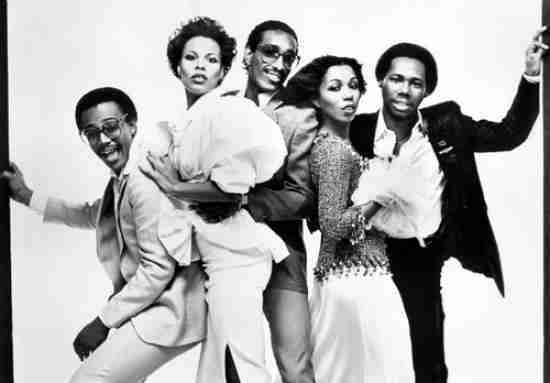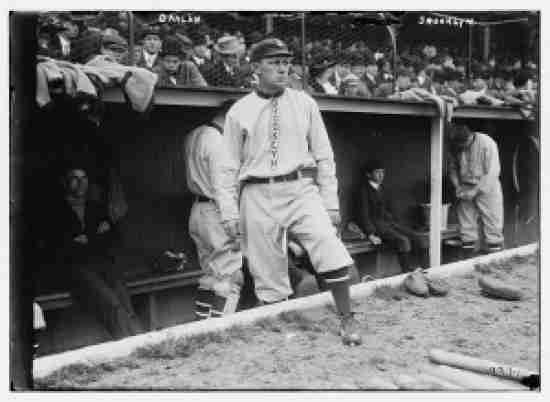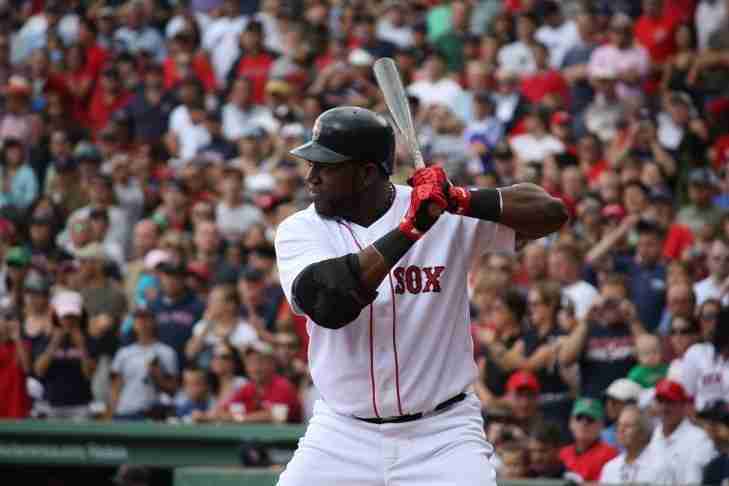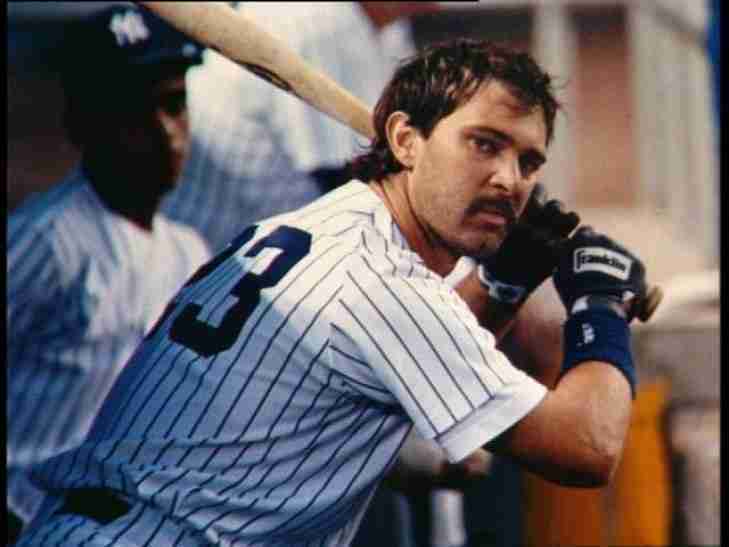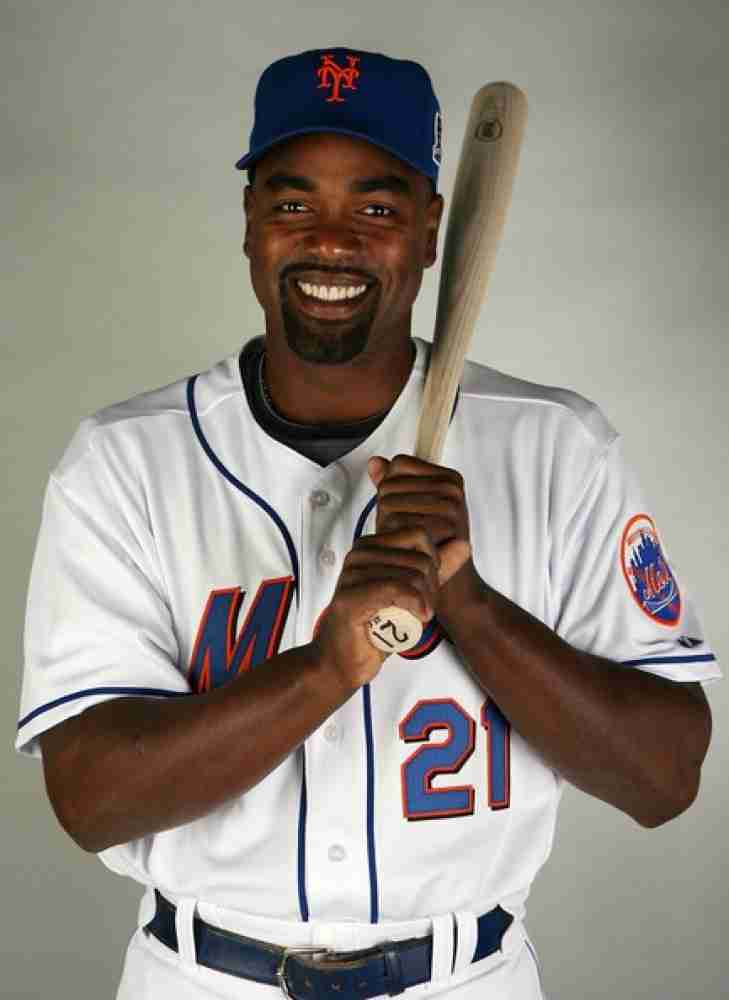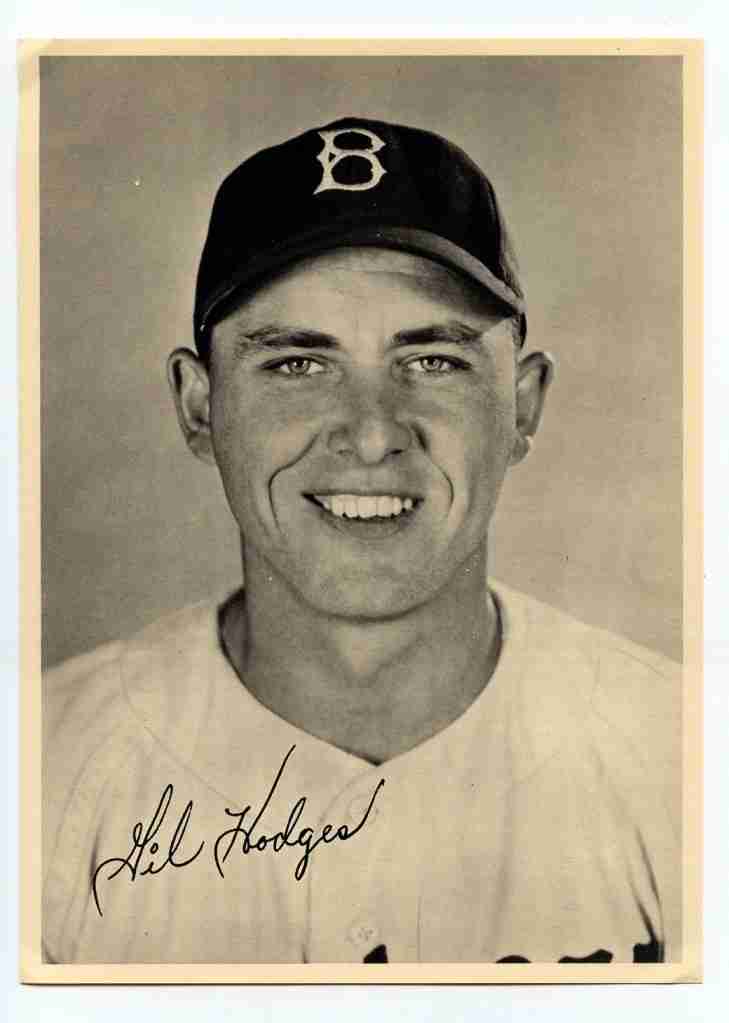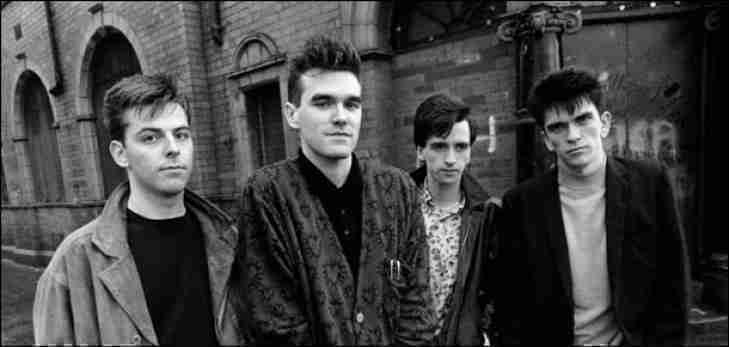DDT's Pop Flies (67)
DDT (AKA Darryl Tahirali) is a freelance writer living in Orange County, California. Originally from Canada, DDT enjoys writing about music, baseball, and other areas of Western pop culture from the tasteful to the trashy. DDT can be reached at This email address is being protected from spambots. You need JavaScript enabled to view it..
2015: The Year in Film (Somewhat)
Jan 08, 2016
Written by
Darryl Tahirali
Does anyone go out to the movies any more? Ticket prices are through the roof. A snack costs as much as the ticket. You sit through a quarter-hour of trailers before the film even starts, and depending on what you've come to see, those trailers may pique your interest—or quash it. Other filmgoers irritate you with their talking and their mobile devices. The RunPee app notwithstanding, if you get up to go in the middle of the film, you are bound to miss something—and why would you want to miss anything considering what you paid for the ticket?
- american sniper
- blackhat
- kingsman: the secret service
- selma
- about elly
- jurassic world
- mad max: fury road
- tomorrowland
- black mass
- love and mercy
- the man from uncle
- a walk in the woods
- the big short
- bridge of spies
- carol
- crimson peak
- joy
- legend
- the martian
- room
- sicario
- spectre
- star wars: the force awakens
- steve jobs
- trumbo
- truth
- the walk
- youth
- spotlight
If I Had a Vote in the 2016 Baseball Hall of Fame Election
Dec 23, 2015
Written by
Darryl Tahirali
As we gear up for the 2016 Baseball Hall of Fame balloting and announcements, the overriding question is: Have we returned to normal?
To put that into perspective, how's this for abnormal? In 2013, with a ballot overstuffed with Hall of Fame-caliber candidates (I counted 14), not one candidate was elected to the Hall. Adding to the debacle was the first appearance on a Hall of Fame ballot by Barry Bonds and Roger Clemens, both of whom brought the bubbling issue of players suspected or confirmed of having used performance-enhancing drugs (PEDs) to an apoplectic, moralistic boil.
To put that into perspective, how's this for abnormal? In 2013, with a ballot overstuffed with Hall of Fame-caliber candidates (I counted 14), not one candidate was elected to the Hall. Adding to the debacle was the first appearance on a Hall of Fame ballot by Barry Bonds and Roger Clemens, both of whom brought the bubbling issue of players suspected or confirmed of having used performance-enhancing drugs (PEDs) to an apoplectic, moralistic boil.
If I Had a Ballot for the 2016 Rock and Roll Hall of Fame Nominations
Dec 09, 2015
Written by
Darryl Tahirali
This month, the Rock and Roll Hall of Fame will be announcing its 2016 inductees. Judas Priest, who gives a fat rat's ass any more, anyway?
I'm not kidding. No one is ever happy with the selections. There is no definition of what "rock and roll" is, which means that there is no consensus on which artists are appropriate candidates. Apart from the need to have released the first recording at least 25 years previously to qualify and a vague suggestion of "musical excellence," there are no criteria that can be universally applied. And with only fragmentary glimpses of the Hall's nominating committee and its selection and voting procedures, sustained mutterings about how the entire process is an industry charade stage-managed by driving force Jann Wenner and his cronies are approaching whispered revelations about the Freemasons, the Illuminati, and other occult conspiracies.
I'm not kidding. No one is ever happy with the selections. There is no definition of what "rock and roll" is, which means that there is no consensus on which artists are appropriate candidates. Apart from the need to have released the first recording at least 25 years previously to qualify and a vague suggestion of "musical excellence," there are no criteria that can be universally applied. And with only fragmentary glimpses of the Hall's nominating committee and its selection and voting procedures, sustained mutterings about how the entire process is an industry charade stage-managed by driving force Jann Wenner and his cronies are approaching whispered revelations about the Freemasons, the Illuminati, and other occult conspiracies.
BASEBALL'S 2016 PRE-INTEGRATION ERA COMMITTEE BALLOT: ARE THERE ANY HALL OF FAMERS LEFT?
Dec 05, 2015
Written by
Darryl Tahirali
Batter up! For 2016, the Pre-Integration Era Committee is at the plate for Baseball Hall of Fame evaluations and inductions not being done by the Baseball Writers' Association of America (BBWAA). The Pre-Integration Era covers the period from 1876, when the National League was formed, to 1946, the last year before Major League Baseball became integrated with the introduction of African-American players Jackie Robinson and Larry Doby into, respectively, the National League and American League.
Is David Ortiz a Hall of Famer?
Apr 07, 2015
Written by
Darryl Tahirali
Responding in late March to the allegations of performance-enhancing drug use that have dogged him throughout his career, Boston Red Sox slugger David Ortiz forcefully denied the charges while stating unequivocally "[h]ell yes I deserve to be in the Hall of Fame" in a post entitled "The Dirt" on The Players' Tribune website.
IF I HAD A VOTE IN THE 2015 BASEBALL HALL OF FAME ELECTION
Dec 28, 2014
Written by
Darryl Tahirali
Ten years. That is the new maximum length of time a player can remain on the Baseball Hall of Fame ballot, effective for the current (2015) ballot and for future ballots, a one-third reduction in eligibility length from the previous maximum of 15 years.
Oh, sure, there were other changes announced by the Hall on July 26 of this year: The voting members of the Baseball Writers' Association of America (BBWAA), those who are actually eligible to vote for the candidates on the ballot, must complete a registration form and sign a code of conduct before they can receive a ballot, with the code of conduct stating explicitly that the member will not transfer the ballot to another person or entity, and with the penalty for doing so being a lifetime ban from voting on a Hall of Fame ballot.
Oh, sure, there were other changes announced by the Hall on July 26 of this year: The voting members of the Baseball Writers' Association of America (BBWAA), those who are actually eligible to vote for the candidates on the ballot, must complete a registration form and sign a code of conduct before they can receive a ballot, with the code of conduct stating explicitly that the member will not transfer the ballot to another person or entity, and with the penalty for doing so being a lifetime ban from voting on a Hall of Fame ballot.
BASEBALL HALL OF FAME: UPCOMING BORDERLINE CANDIDATES, PART 1
Dec 18, 2014
Written by
Darryl Tahirali
You know how hard it is to get into the Baseball Hall of Fame? In 2013, with a ballot brimming with qualified candidates, not one player received the 75 percent of the votes needed for admission. (I identified 14 likely Hall of Famers on the 2013 ballot.)
Granted, 2013 was the first year of eligibility for Barry Bonds and Roger Clemens, both poster boys for performance-enhancing drugs (PED), bringing to a head the contentious debate about "cheaters" and their admission into the Hall. But there were certainly several "clean" players on that ballot, and a few of those, such as 3000-hit-club member Craig Biggio, would have been uncontroversial picks in any previous year.
And although 2014 saw the election of three players—Tom Glavine, Greg Maddux, and Frank Thomas—it was merely the tip of a talent-heavy iceberg (I identified 18 likely Hall of Famers for that ballot), while providing a burn to Biggio yet again as not only did he miss election by one vote (he garnered 74.8 percent of the vote), but three first-time candidates leapfrogged him into Cooperstown.
Granted, 2013 was the first year of eligibility for Barry Bonds and Roger Clemens, both poster boys for performance-enhancing drugs (PED), bringing to a head the contentious debate about "cheaters" and their admission into the Hall. But there were certainly several "clean" players on that ballot, and a few of those, such as 3000-hit-club member Craig Biggio, would have been uncontroversial picks in any previous year.
And although 2014 saw the election of three players—Tom Glavine, Greg Maddux, and Frank Thomas—it was merely the tip of a talent-heavy iceberg (I identified 18 likely Hall of Famers for that ballot), while providing a burn to Biggio yet again as not only did he miss election by one vote (he garnered 74.8 percent of the vote), but three first-time candidates leapfrogged him into Cooperstown.
- Carlos Delgado
- Nomar Garciaparra
- Gary Sheffield
- garret anderson
- Jim Edmonds
- Trevor Hoffman
- Billy Wagner
- Vladimir Guerrero
- Magglio Ordonez
- Edgar Renteria
- Jorge Posada
- Johnny Damon
- Scott Rolen
- Andruw Jones
- Jamie Moyer
- Omar Vizquel
- lance berkman
- todd helton
- roy oswalt
- andy pettitte
- michael young
- 2017 baseball hall of fame
- 2018 baseball hall of fame
- 2015 baseball hall of fame
- 2016 baseball hall of fame
- 2019 baseball hall of fame
BASEBALL'S 2015 GOLDEN ERA COMMITTEE BALLOT: ARE THERE ANY HALL OF FAME PLAYERS LEFT?
Nov 30, 2014
Written by
Darryl Tahirali
F. Scott Fitzgerald may have said that American lives had no second acts, but some former baseball players can get a second chance: Even if a player finds no success for the Baseball Hall of Fame on the ballot voted on by the members of the Baseball Writers Association of America (BBWAA), he may get a second look from the Veterans Committee to see if he had been unfairly passed over previously. But do any of the candidates on this year's ballot deserve that second chance?
(And if the reference to novelist Fitzgerald sounds like irrelevant pretense, recall that in The Great Gatsby he alluded to the gambler who put in the fix for the 1919 World Series and thus destroyed "the faith of fifty million people," while that phrase became the title of the third "inning," or episode, of Ken Burns's celebrated documentary series Baseball.)
(And if the reference to novelist Fitzgerald sounds like irrelevant pretense, recall that in The Great Gatsby he alluded to the gambler who put in the fix for the 1919 World Series and thus destroyed "the faith of fifty million people," while that phrase became the title of the third "inning," or episode, of Ken Burns's celebrated documentary series Baseball.)
IF I HAD A BALLOT FOR THE 2015 ROCK AND ROLL HALL OF FAME NOMINATIONS
Nov 04, 2014
Written by
Darryl Tahirali
In the words of Baseball Hall of Fame catcher Yogi Berra, it's déjà vu all over again because it seems as if I was doing this exercise only a year ago. That exercise is evaluating the fifteen nominees for the 2015 class of the Rock and Roll Hall of Fame announced on October 9, 2014. (And just to clarify, the inductees will be announced later in 2014 for the induction ceremony in Cleveland, Ohio, on April 18, 2015.)
As I did for the 2013 ballot and again for the 2014 ballot, I profile these fifteen nominees and indicate whether I think the Hall voters will vote for them, and whether I would vote for them were I issued that precious ballot as a voting member of the Rock and Roll Hall of Fame.
As I did for the 2013 ballot and again for the 2014 ballot, I profile these fifteen nominees and indicate whether I think the Hall voters will vote for them, and whether I would vote for them were I issued that precious ballot as a voting member of the Rock and Roll Hall of Fame.
2014 SUMMER CONCERT ROUND-UP
Aug 11, 2014
Written by
Darryl Tahirali
As Martha and the Vandellas once put it, summer's here and the time is right for dancing in your seat.
All right, so the lyric doesn't go exactly that way, but with concerts so regimented these days, you don't get much opportunity to dance in the aisles, let alone dance in the street. But having recently seen three rock acts in concert, one already a Rock and Roll Hall of Fame inductee while one of the two not in the Hall has a huge groundswell clamoring for its induction, You may be interested in how they perform onstage.
What's funny is that in the last few years I had been attending hardly any rock shows. Rather, my taste for live music had run toward jazz, folk, and international acts in smaller, more intimate settings. And as far as classic-rock acts go, I had been leery of the nostalgia circuit. I used to write for the concert guide of a local venue, and I fluffed up my share of articles touting the likes of Iron Butterfly and Robin Trower, acts trading on their glory days (and in the case of a band like Iron Butterfly, that may have been day, singular) while occasionally promoting their latest album, released on a small, independent label, and noticed by few outside the fanbase.
But as I get older and become nostalgic myself, my curiosity gets the better of me. After all, none of us are getting any younger, and didn't I want to see some of these acts before they head off to the great festival in the sky? Even if, at this stage, they are past their prime?
All right, so the lyric doesn't go exactly that way, but with concerts so regimented these days, you don't get much opportunity to dance in the aisles, let alone dance in the street. But having recently seen three rock acts in concert, one already a Rock and Roll Hall of Fame inductee while one of the two not in the Hall has a huge groundswell clamoring for its induction, You may be interested in how they perform onstage.
What's funny is that in the last few years I had been attending hardly any rock shows. Rather, my taste for live music had run toward jazz, folk, and international acts in smaller, more intimate settings. And as far as classic-rock acts go, I had been leery of the nostalgia circuit. I used to write for the concert guide of a local venue, and I fluffed up my share of articles touting the likes of Iron Butterfly and Robin Trower, acts trading on their glory days (and in the case of a band like Iron Butterfly, that may have been day, singular) while occasionally promoting their latest album, released on a small, independent label, and noticed by few outside the fanbase.
But as I get older and become nostalgic myself, my curiosity gets the better of me. After all, none of us are getting any younger, and didn't I want to see some of these acts before they head off to the great festival in the sky? Even if, at this stage, they are past their prime?
THE SHOW NEVER ENDS: HALL OF FAME-WORTHY LIVE ALBUMS OF THE CLASSIC ROCK AND SOUL PERIOD
Jul 29, 2014
Written by
Darryl Tahirali
THE SHOW NEVER ENDS: HALL OF FAME-WORTHY LIVE ALBUMS OF THE CLASSIC ROCKAND SOUL PERIOD
The Rock and Roll Hall of Fame may not be at the level of inducting individual albums yet, but if it did, this list of live albums from the classic rock and soul period, along with a few honorable mentions, would surely be included.
Why a live album? It is true that nothing can replace the experience of actually being at a concert, but a live recording can be the next-best thing to being there. It preserves the memory of what happened when that music had been created. A quality live recording can be close enough—a reminder of the concert you had experienced, or, more likely as you explore the music of artists from decades past, a sample of music that you'd have never been able to hear in person, anyway. With a live album, the show never ends.
The Rock and Roll Hall of Fame may not be at the level of inducting individual albums yet, but if it did, this list of live albums from the classic rock and soul period, along with a few honorable mentions, would surely be included.
Why a live album? It is true that nothing can replace the experience of actually being at a concert, but a live recording can be the next-best thing to being there. It preserves the memory of what happened when that music had been created. A quality live recording can be close enough—a reminder of the concert you had experienced, or, more likely as you explore the music of artists from decades past, a sample of music that you'd have never been able to hear in person, anyway. With a live album, the show never ends.
SCIENCE FICTION CINEMA: THE 1950s: TEN BAD ONES
Dec 16, 2013
Written by
Darryl Tahirali
Now we get to the really fun part of this, er, appreciation of science-fiction films from the 1950s: the bad ones. Yes, these are the films about which you cannot say that the acting "could have been stronger," or the effects "lacked realism," or the story seemed "weak." These films are so lacking in quality that you can safely say this: These films are sci-fi stinkers.
Or as Frank Zappa put it, these films all exhibit "Cheepnis," the name of his song saluting sci-fi stinkers that first appeared on the Mothers' 1974 live album The Roxy and Elsewhere. As Zappa explained in the introduction to "Cheepnis," "the cheaper they are, the better they are," and while he noted that a film's budget, or lack thereof, is not necessarily a factor in its exhibiting "Cheepnis," it does help.
The ten films in this, our final list of 1950s sci-fi films, not only have "Cheepnis" but also some kind of lasting notoriety. Because—let's face it—there are a lot of bad science-fiction films and not just from the 1950s, and I'll leave it to Elvira, Mistress of the Dark, to memorialize those. For example, The Giant Gila Monster (1959) is certainly bad—the special effects include an obvious model train and an ordinary lizard in a diorama to make it seem "giant"—but no one in the cast had any fame nor went on to any fame, the narrative and dialogue are not memorably atrocious, so it is merely bad but not notably so.
Or as Frank Zappa put it, these films all exhibit "Cheepnis," the name of his song saluting sci-fi stinkers that first appeared on the Mothers' 1974 live album The Roxy and Elsewhere. As Zappa explained in the introduction to "Cheepnis," "the cheaper they are, the better they are," and while he noted that a film's budget, or lack thereof, is not necessarily a factor in its exhibiting "Cheepnis," it does help.
The ten films in this, our final list of 1950s sci-fi films, not only have "Cheepnis" but also some kind of lasting notoriety. Because—let's face it—there are a lot of bad science-fiction films and not just from the 1950s, and I'll leave it to Elvira, Mistress of the Dark, to memorialize those. For example, The Giant Gila Monster (1959) is certainly bad—the special effects include an obvious model train and an ordinary lizard in a diorama to make it seem "giant"—but no one in the cast had any fame nor went on to any fame, the narrative and dialogue are not memorably atrocious, so it is merely bad but not notably so.




